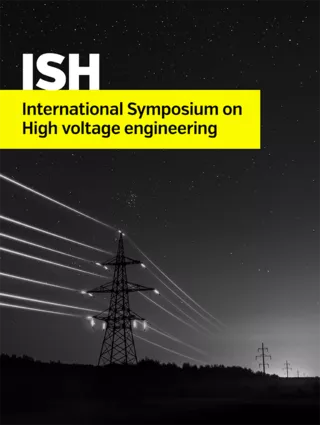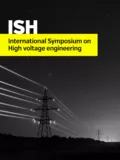Summary
Apparent charge measurement according to IEC 60270 is performed during high-voltage cable routine test. In case the partial discharge (PD) level exceeds the specified acceptance limits, PD cable site location functionality enables the operator to locate the position of the failure. Due to various types of cable construction, different insulating materials and insulation wall thicknesses, and variable background noise levels it is difficult to determine an absolute value for the required accuracy of PD site location. However, experience has shown that an accuracy of 1% of the full cable length is achievable. Using commercially available PD site location analyzing systems it is more difficult or even impossible to locate faults closer than 20 meters from the cable far end. This issue is caused by pulse superposition resulting from the limited PD bandwidth of the test arrangement. An increase of the PD measurement bandwidth will lead to augmented noise levels and sensitivity to high-voltage connection lengths and local reflections. In this paper, the theory of PD site location on high-voltage cables is described and discussed. We present a novel approach for site location enabling the user to accurately discriminate between near and far end cable faults. The method is based on the recording and comparison of pulse widths and shapes at the time of calibration and during measurement in order to determine whether the failure is located at the near or far end of the cable. The influence of the coupling capacitor, cable termination and coupling impedance is assessed to provide recommendations for a successful test setup.
Additional informations
| Publication type | ISH Collection |
|---|---|
| Reference | ISH2017_355 |
| Publication year | |
| Publisher | ISH |
| File size | 760 KB |
| Pages number | 6 |
| Price for non member | Free |
| Price for member | Free |




